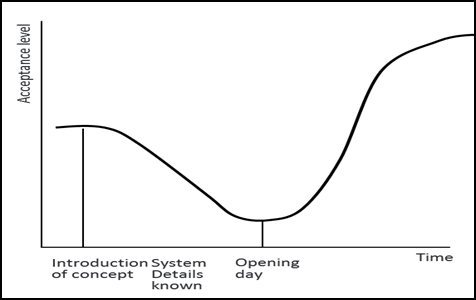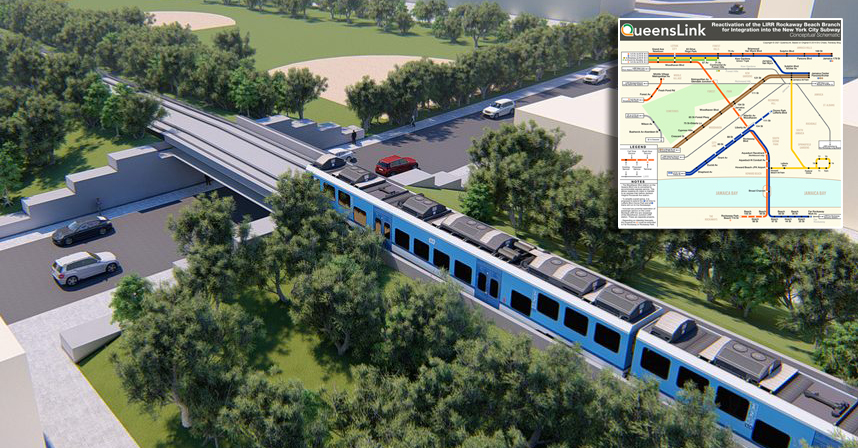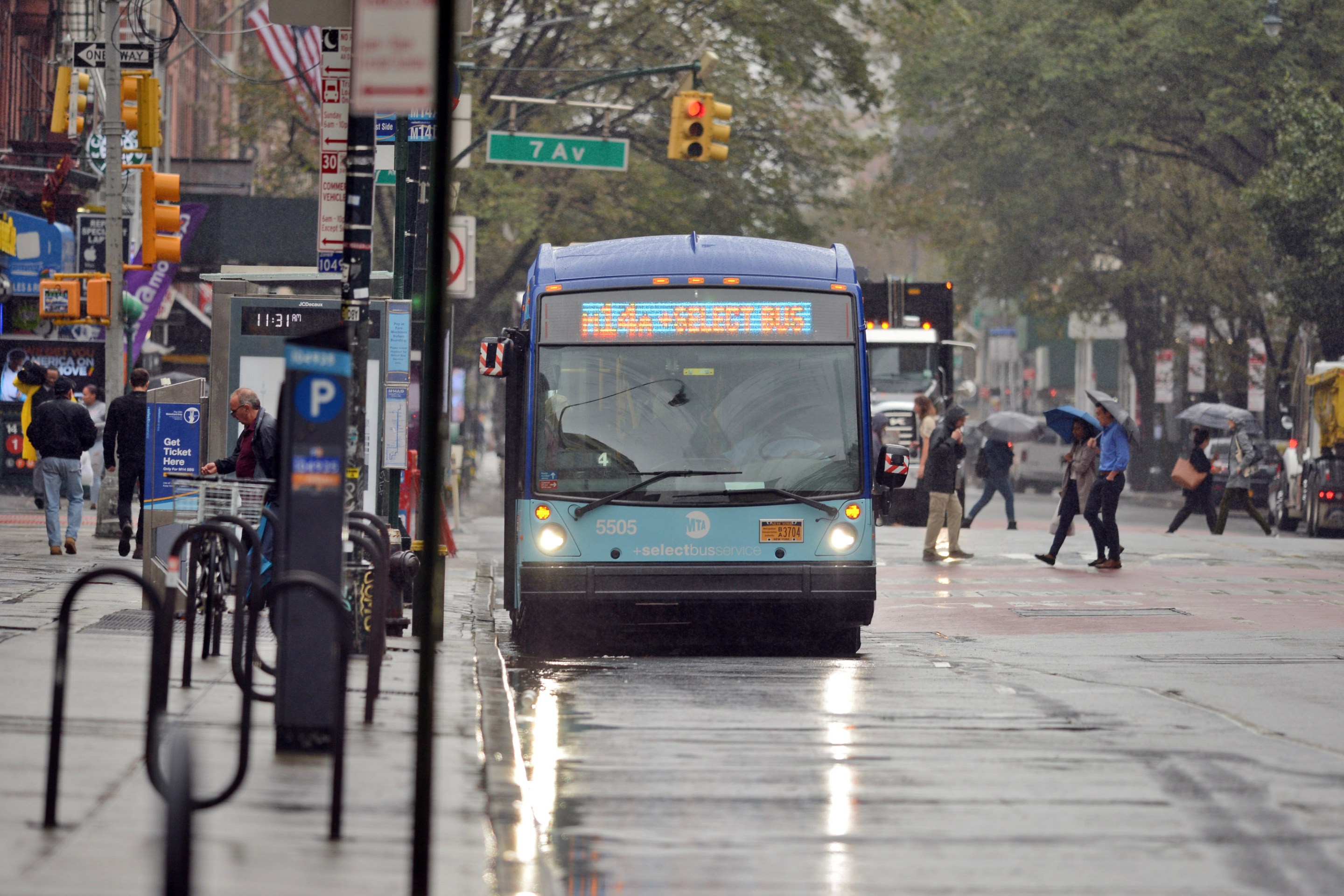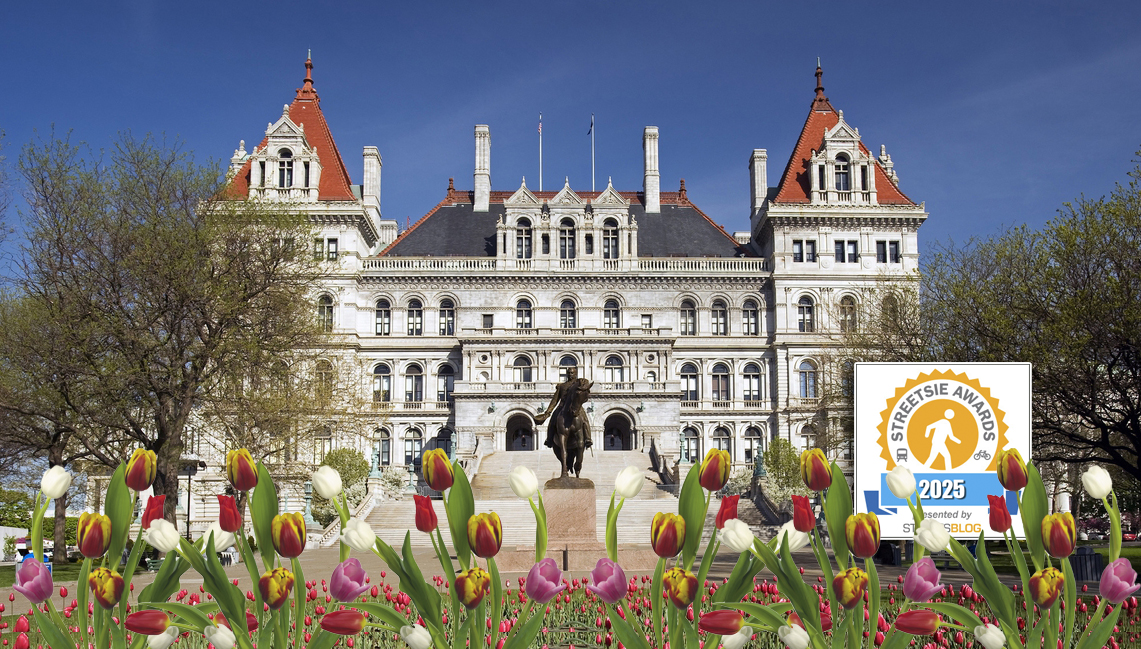Congestion pricing is climbing out of the Valley of Death.
A new poll released Monday from Siena College found that more New York City residents approve of congestion pricing than don't, a dramatic turnaround from a previous poll by the same firm.
Now, 42 percent of city residents told the pollsters that they think congestion pricing should stick around, despite the Trump administration's attempt to end it, while only 35 percent of city voters think Trump should end it.
When Siena last asked about the toll in December, support for congestion pricing among city voters was underwater: Only 32 percent favored the poll and 56 percent opposed it.
Overall, the numbers are getting better statewide: Now, 33 percent think the toll should stay (up from 29 percent in December), while 40 percent think it should be eliminated (down from 51 percent in December) — a 15-point swing in favor of the toll.
Transit activists noted that as the prime beneficiaries of congestion pricing, it makes sense that New Yorkers would be the first people to flip to supporting it.
"With gridlock down, buses moving faster, and revenue rolling in for reliable trains and accessible stations, New York is proving that our government can work for the people," said Riders Alliance Director of Policy and Communications Danny Pearlstein. "Of course, people who see congestion relief up close are the biggest champions of its success."
Statewide, Democrats have also come around on the traffic relief measure, flipping from 42 percent opposed and 40 percent in favor in December to 49 percent in favor and 42 percent opposed. That's a nine-point swing. (Statewide Republicans still oppose the toll, and by an even-larger margin than before, likely because President Trump is involved. In December, 66 percent of GOP voters opposed congestion pricing, compared to just 19 percent supporting it; now 67 percent feel Trump should end it while 12 percent want to keep the toll.)
The journey from opposition to support for the toll is one that's also been seen in other cities that have instituted congestion pricing. Voters in Stockholm and London both initially opposed congestion pricing before and as the toll was introduced. But as the benefits of less traffic became immediately apparent, support for the toll shot up in both cities. The phenomenon is known as the "valley of political death," a perilous journey elected officials who implement congestion pricing need to get through as the toll moves from theory to reality.

And it's working
And just like in London and Stockholm, the traffic reductions in New York City have been easy to see since congestion pricing began on Jan. 5 this year.
In January this year, an average of 490,000 vehicles drove into Lower Manhattan on a weekday, and in February 501,523 vehicles per day drove south of 60th Street on weekdays.
In addition to enjoying less traffic and fewer clogged crosswalks, New Yorkers have seen benefits like a close to 20-percent reduction in crashes and injury-causing crashes south of 60th Street and faster travel times for people who do drive into the zone and for bus riders in Manhattan.
And despite a myth — and federal cant — that more cars mean better business, the area's economy is still humming. Broadway has continued to rebound from the pandemic, with ticket sales and attendance both up over 15 percent through the season compared to last year.
The MTA also welcomed the poll, which comes on the heels of a Quinnipiac poll last week that also showed growing support for congestion pricing and even a plurality of Staten Island residents approving of congestion pricing.
"As was the case in other cities that started congestion pricing around the world, now that they’ve experienced benefits New York City residents solidly support the program, because they want reduced gridlock, safer streets and less noise," said MTA Chief of Policy and External Relations John McCarthy. "This is the second poll in as many weeks to show New Yorkers want congestion relief to continue."






